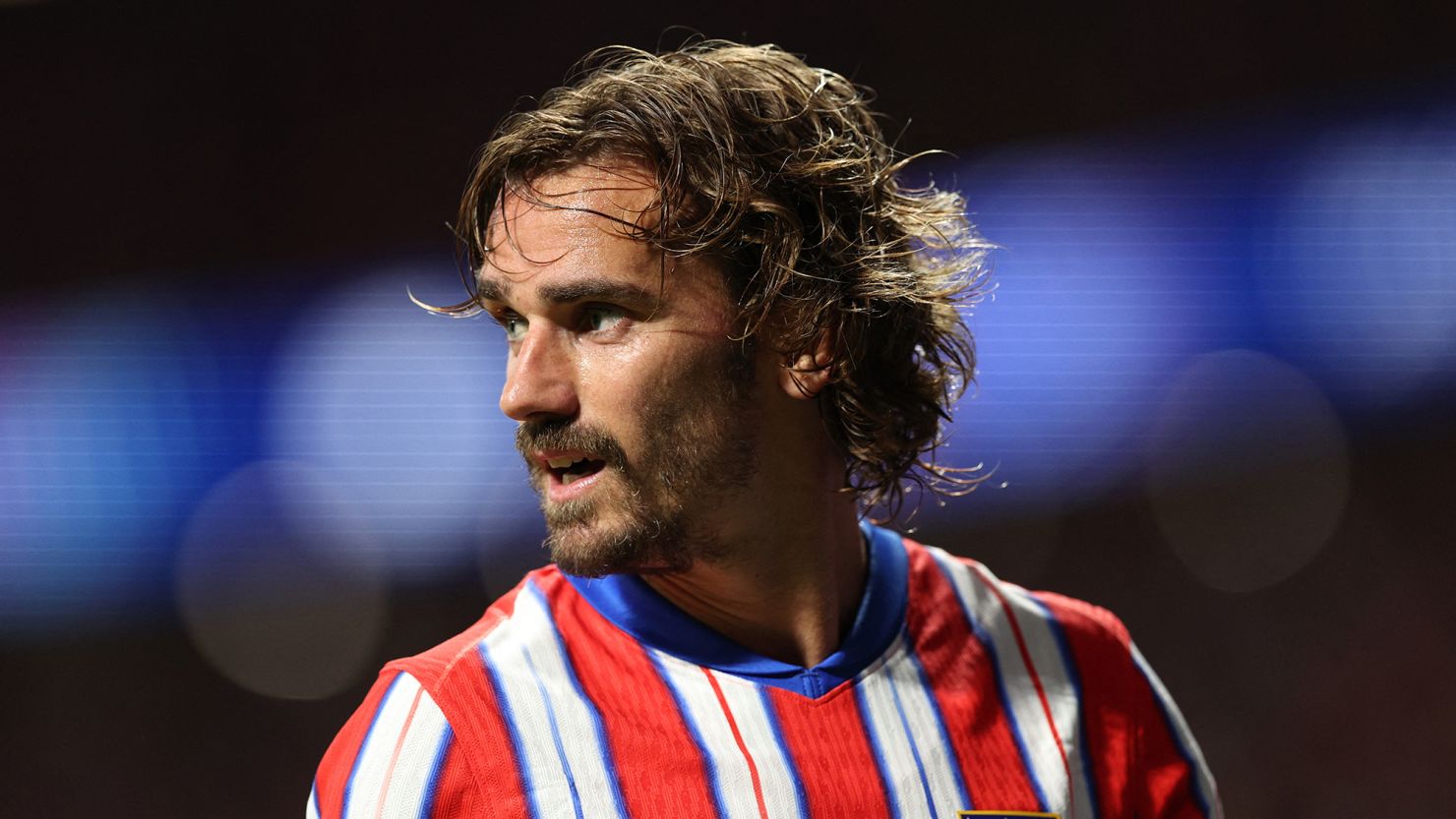The Minecraft Meal is more than a McDonald’s collab—it’s a case study in how fast food toys, ...
More nostalgia, and fandom collide in a billion-dollar economy. The toys used to be an afterthought—plastic prizes doled out to get kids to finish their nuggets. But the Minecraft Movie Meal from McDonald’s isn’t just about the Big Mac or the fries.

It’s about the toy. The collectible. The chase.
Released ahead of the Minecraft movie’s debut, this newly launched McDonald’s collab features themed packaging, a Big Mac or Chicken McNugget combo, and one of several mystery toys based on the world-building franchise. According to McDonald’s official announcement , it’s a limited-time release that invites fans to “build memories together.” That framing is more telling than it might seem.
“Bought 6 Minecraft meals thinking I’d get a nice spread of toys. I got 6 pigs,” one user vented on Reddit , highlighting just how much randomness—and frustration—is baked into the experience. Over the past few weeks, I’ve been reporting on the rise of the Minecraft Movie Meal —first as a generational moment for families who grew up on both Happy Meals and Minecraft , and then as a piece of emotional marketing aimed just as much at nostalgic adults as at kids.
But the toys themselves? They tell a story of their own—one that reflects how collecting, fandom, and fast food have become deeply intertwined. From Happy Meals to limited-run Minecraft McDonald’s toys, fast food collectibles are fueling a ..
. More growing global market and redefining how value shows up on a tray. This isn’t new.
The emotional and economic pull of Happy Meal toys goes back decades. In a 1995 piece from the Chicago Tribune, collectors and marketers alike described McDonald’s toys as “a driving force” behind meal sales, with some adults even calling multiple locations to track down specific characters. That article ran almost thirty years ago—before TikTok hauls and eBay listings gave toy collecting a digital afterlife.
In 2025, the motivation has only intensified. The Minecraft toys aren’t just souvenirs. They’re part of a cycle—a pop-culture-meets-capitalism feedback loop that taps into the same desire that drives sneaker drops and Funko Pop walls.
You don’t just want one. You want the set. According to Kotler’s Consumer Behavior , this is a textbook example of completion bias—the psychological tendency to keep collecting until a series feels “finished.
” Add in the limited window and unpredictable distribution, and you’ve got a perfect storm: short-term availability + emotional attachment = frenzied demand. Whether it’s a Minecraft Happy Meal or a Pokémon promo, TikTok hauls and resale sites have turned ..
. More McDonald’s toys into the fuel for a culture of completion. What makes the Minecraft drop especially interesting is that it’s not really aimed at children—or at least, not exclusively.
Decades of public health advocacy tried to uncouple toy-based marketing from fast food, especially when the meals were high in sugar or fat. In a 2015 study in the International Journal of Environmental Research and Public Health , researchers argued that pairing toys with food exploits children’s developing decision-making skills. San Francisco even passed legislation aimed at reducing these types of promotions.
But in 2025, many campaigns are aimed at the adults who grew up with Happy Meals—nostalgia has become a core marketing strategy. From Pokémon to BTS to The Marvels, McDonald’s and its competitors are actively targeting grown-up fans with brand loyalty and disposable income. With crossover IPs like Minecraft, Pokémon, and Mario, meals like the Minecraft Movie Big Mac Meal .
.. More create generational bridges—not just promotions.
This kind of fast food tie-in isn’t new—but what is new is how seamlessly it cuts across generations. With franchises like Minecraft and Pokémon, there’s no longer a clear boundary between what’s “for kids” and what’s “for adults.” Many of the grown-ups lining up for the Minecraft toy remember playing it in high school or college—and now they’re buying Happy Meals for their own kids who play it on tablets and consoles.
Fast food is no longer just co-opting popular culture—it’s tapping into IPs that families experience together. That creates a different kind of nostalgia, one that’s both backward-looking and present-tense. You’re not just collecting a toy that reminds you of being 10.
You’re collecting a toy that you and your kid both recognize instantly—maybe from the same game, maybe from different versions of it. It’s not just a Happy Meal. It’s a cultural handoff.
The real story here isn’t whether the toys are high-quality (they’re not) or whether people should be eating more fast food (also not the point). What the Minecraft meal reveals is how deeply collecting has become part of the food experience. When meals are designed around intellectual property instead of ingredients, and when scarcity becomes a feature rather than a flaw, fast food transforms into merch.
A combo meal becomes a drop. And the drive-thru becomes the new toy aisle. In a way, McDonald’s has learned from both the resale market and food media: people don’t just want to eat something.
They want to feel something while doing it. And nothing stirs the emotions quite like a whiff of nostalgia—and a plastic Creeper toy you weren’t expecting..
Technology

The Minecraft Meal Hustle—How Toys Are Part Of The Fast Food Fandom

McDonald’s Minecraft Meal is more than a Happy Meal. Here’s how the toys tap into nostalgia, collecting culture, and the rise of fast food fandom in 2025.















